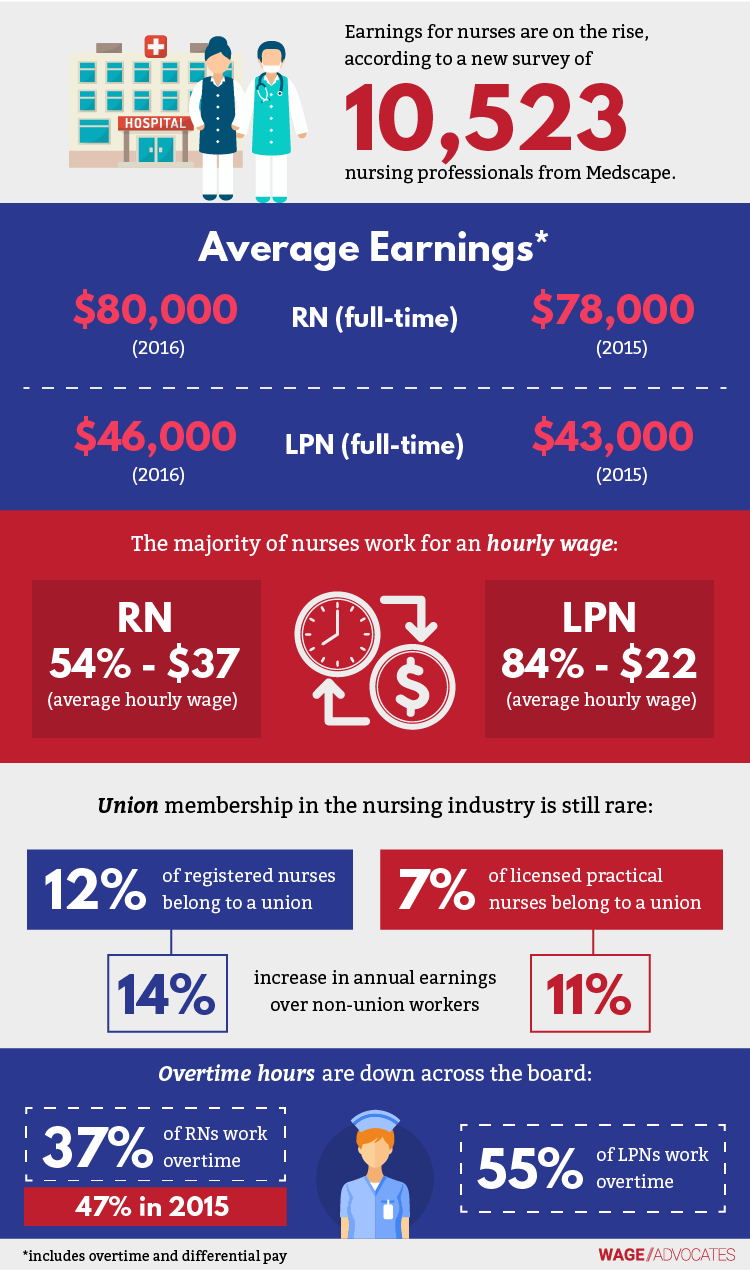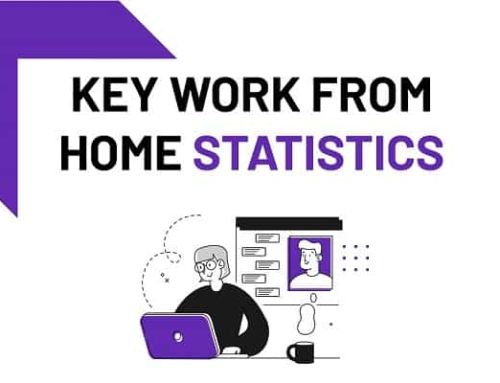With the increase of chronic conditions in the United States such as diabetes, the aging population of baby boomers, and several other reasons the need for nurses and healthcare professionals is growing more rapidly than other occupations. In fact, the Bureau of Labor Statistics states that employment for registered nurses is projected to grow 15% between 2016 to 2026. Millennials seem to understand this fact quite well as they are replacing the retiring nurse population. According to one Health Affairs study, millennials are twice as likely to enter into the nursing profession when compared to their grandparents generation.
Over the past 15 years, students have been entering into nursing programs more and more. Perhaps this increase is due in part to the fact that professionals in nursing have been rated the most honest and ethical of professionals for 15 years in a row. This rating is just one of the many reasons that prove what any nursing professional already knows; that a job in the nursing industry is a wise career choice.
Thankfully as the nursing profession continues to grow, salaries for these professionals are increasing as well. The statistics for nurses is general have seen some real improvement in the last year.
Salary And Earnings
The newest statistics show that the average earnings for registered nurses and licensed practical nurses have increased from 2015 to 2016. Registered nurses went from an average of $78,000 a year in 2015 to $80,000 in 2016, while licensed practical nurses average earnings went from $43,000 in 2015 to $46,000 in 2016. Most nurses work for an hourly wage which on average also increased.
Those that work in healthcare know that overtime hours are extremely common in the field. 2016 has seen improvement in this area as well, with a decrease of overtime hours worked. LPNs’ overtime hours decreased in 2016 to 55% working overtime hours and RNs’ decreased to 37% working overtime hours in 2016.
Union Stats
Statistics show that while there are great improvements in many areas of the nursing profession, union membership is still a rarity. With only 12% of RNs and 7% of LPNs belonging to a union, many professionals are missing out on positive changes. For instance, many non union workers missed the increase in annual earnings that union workers received.
Infographic courtesy of Wage Advocates






Leave A Comment